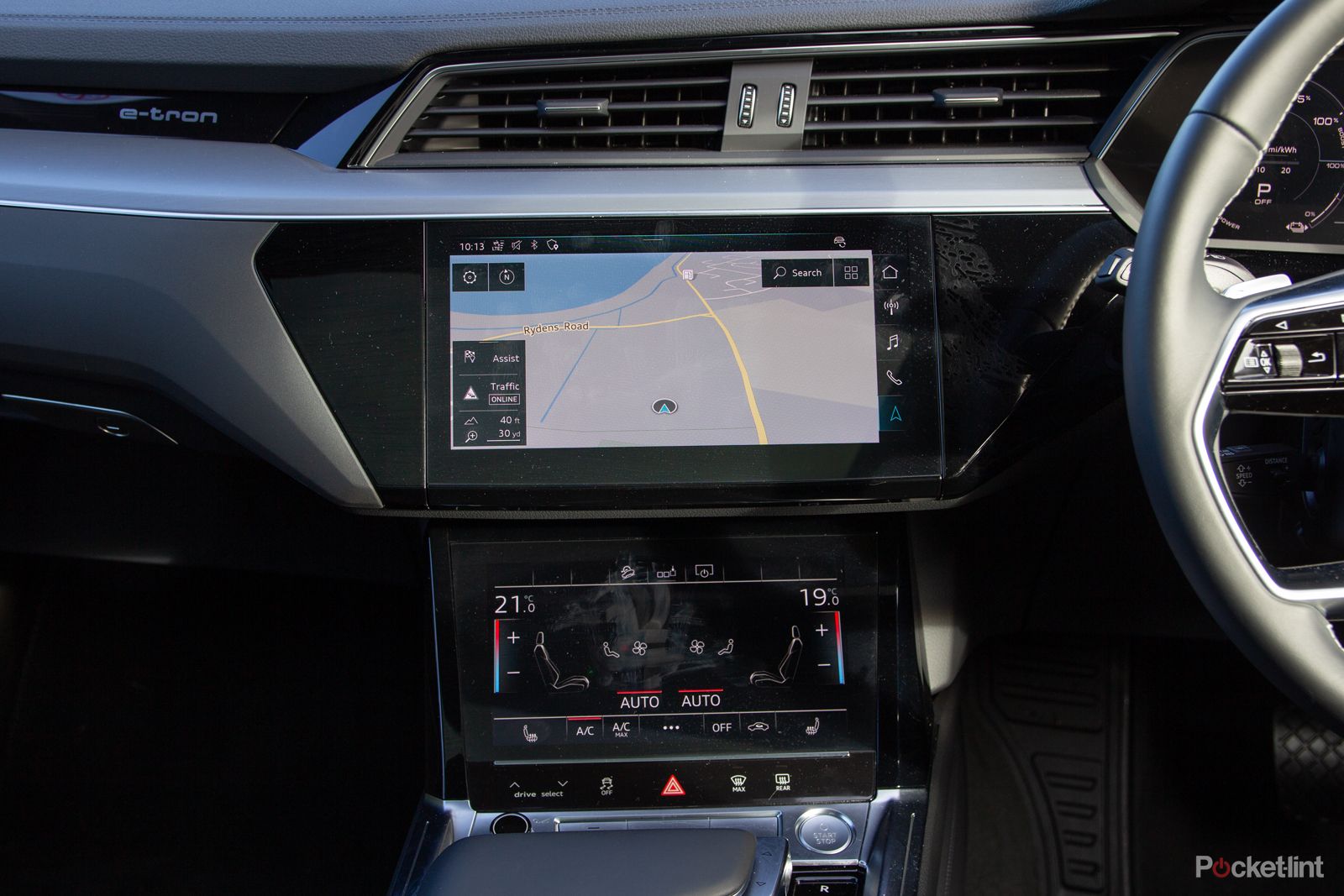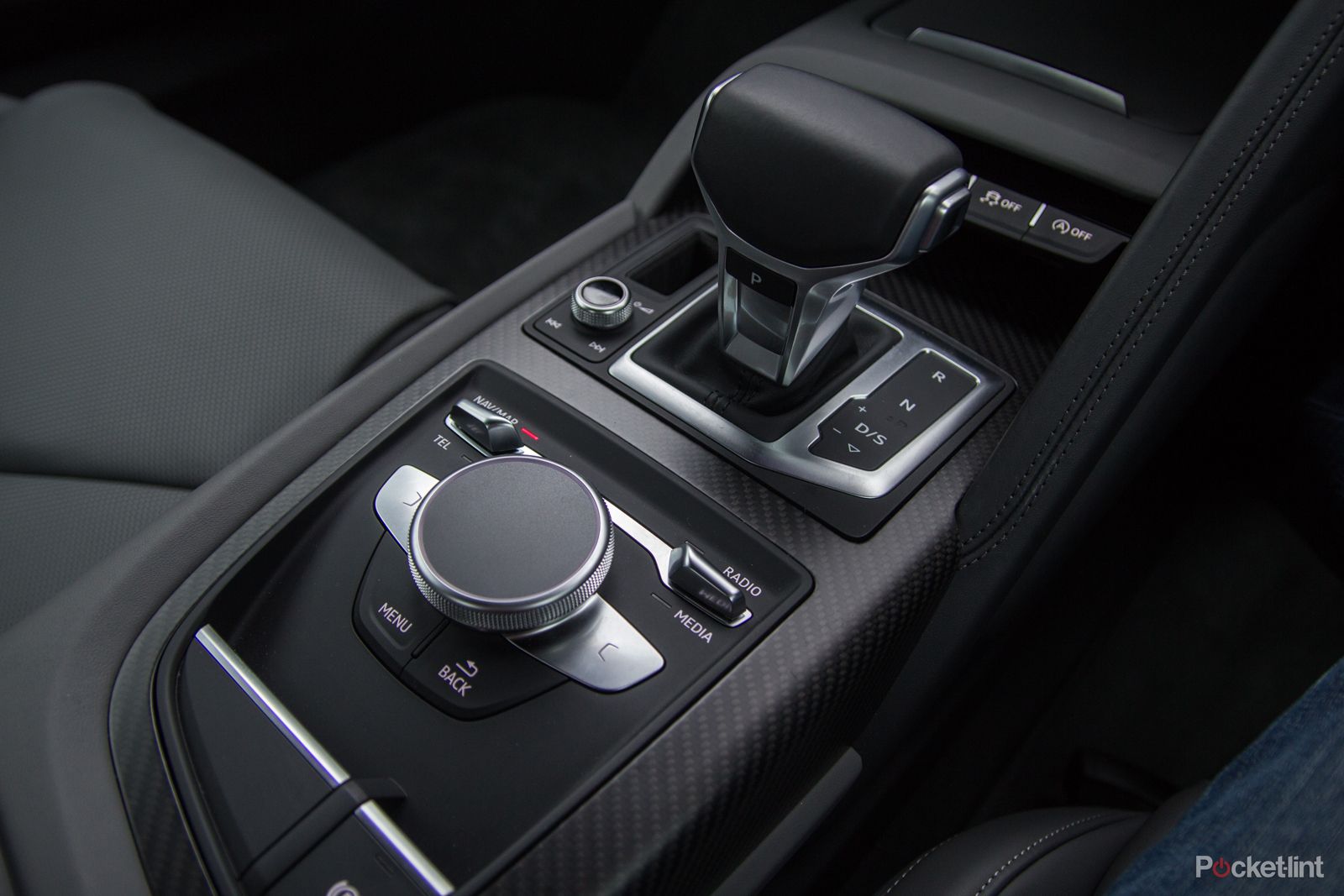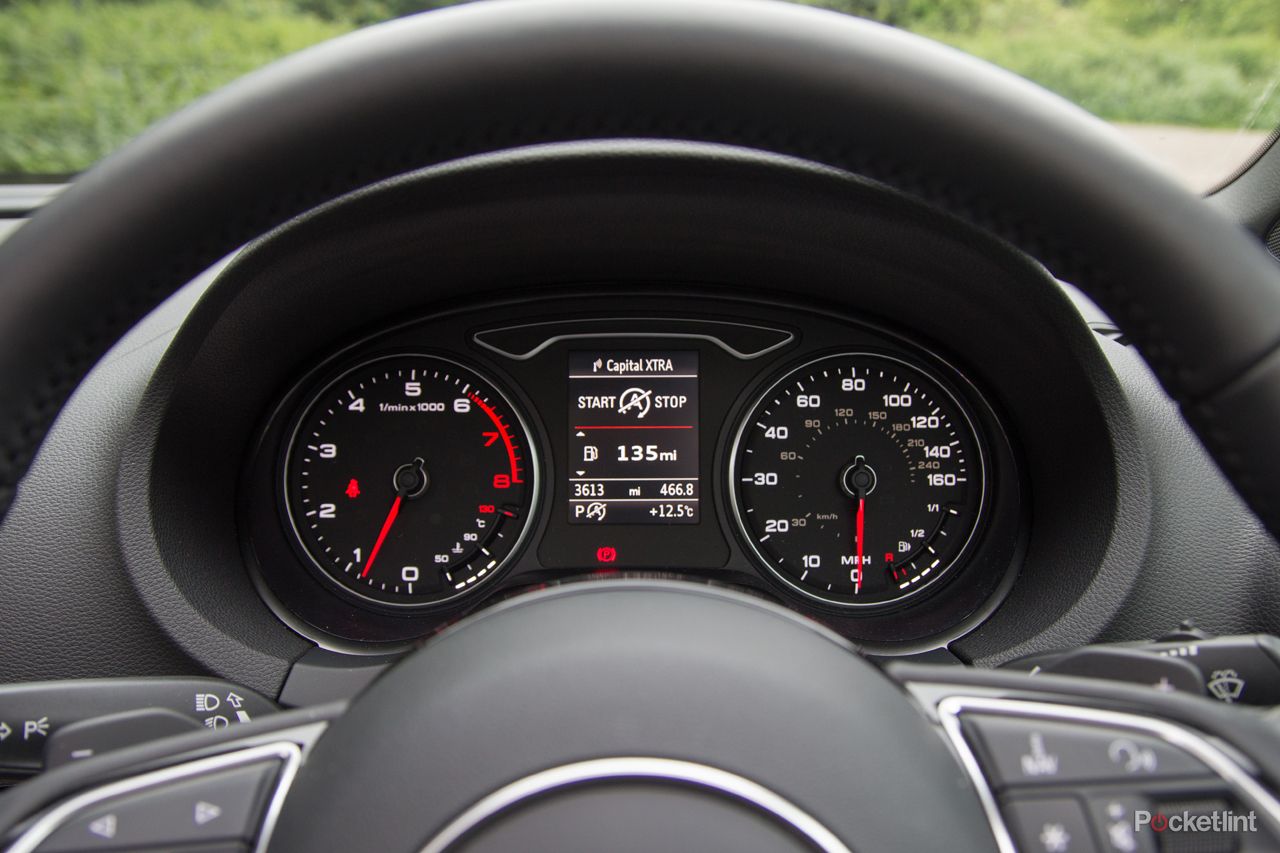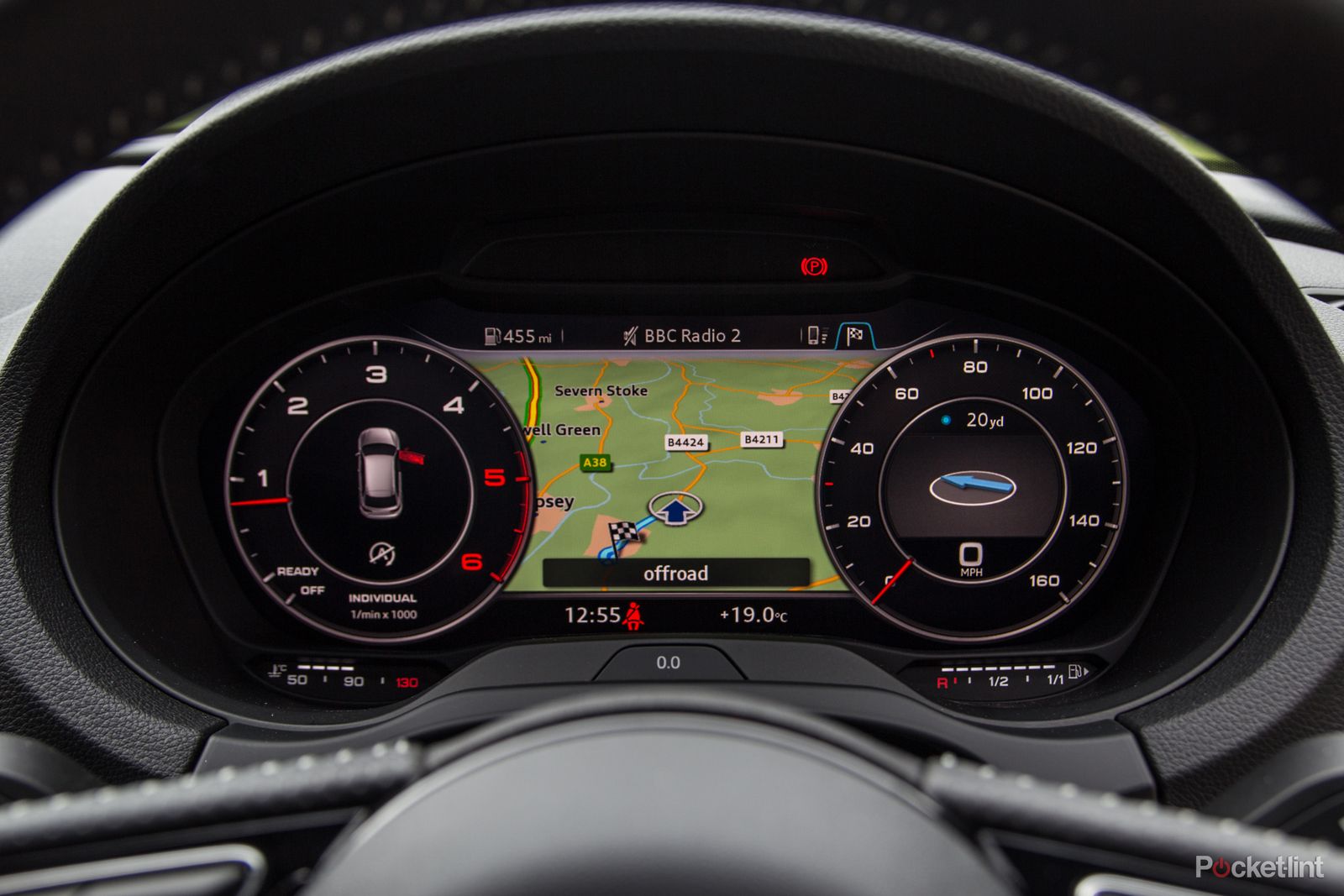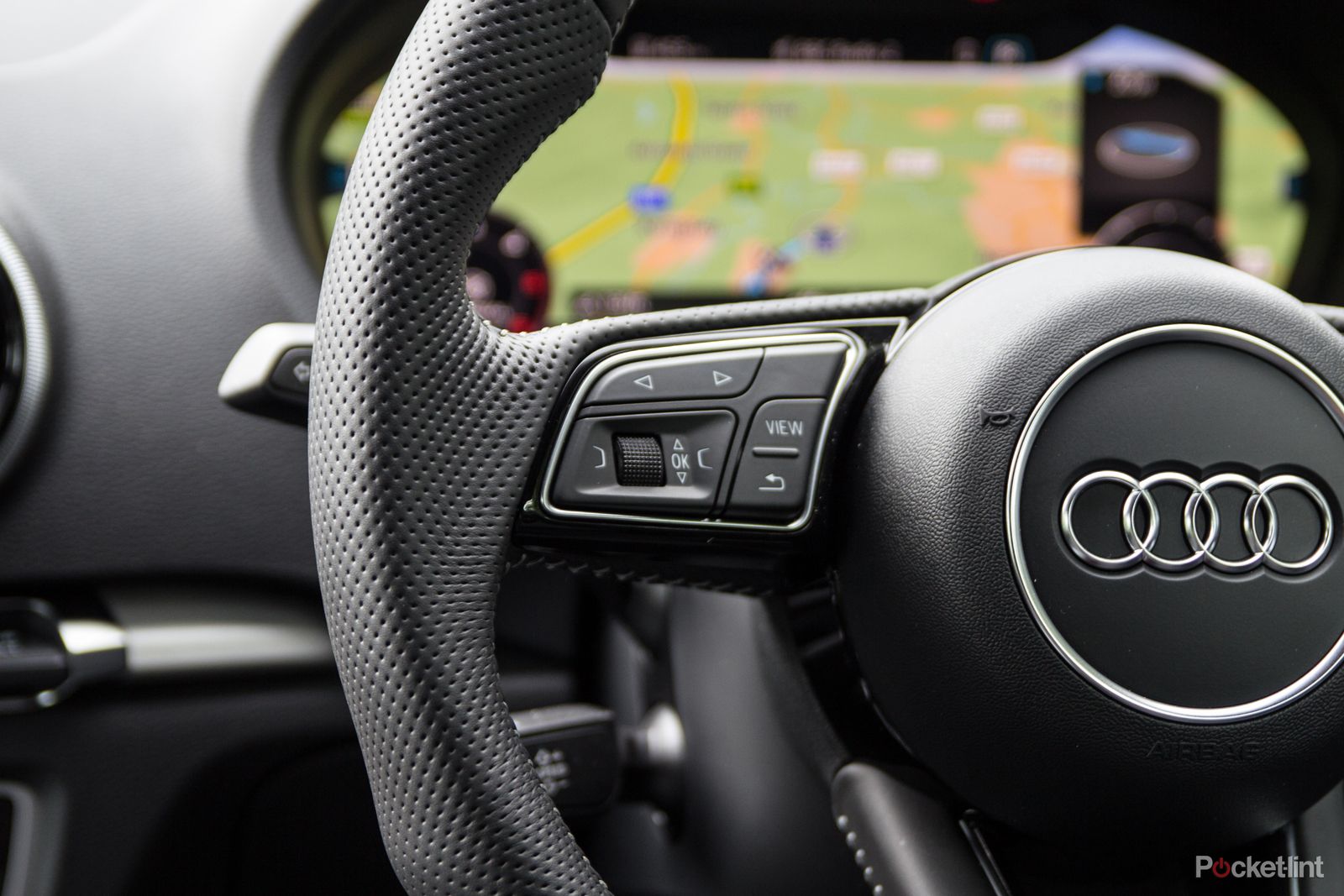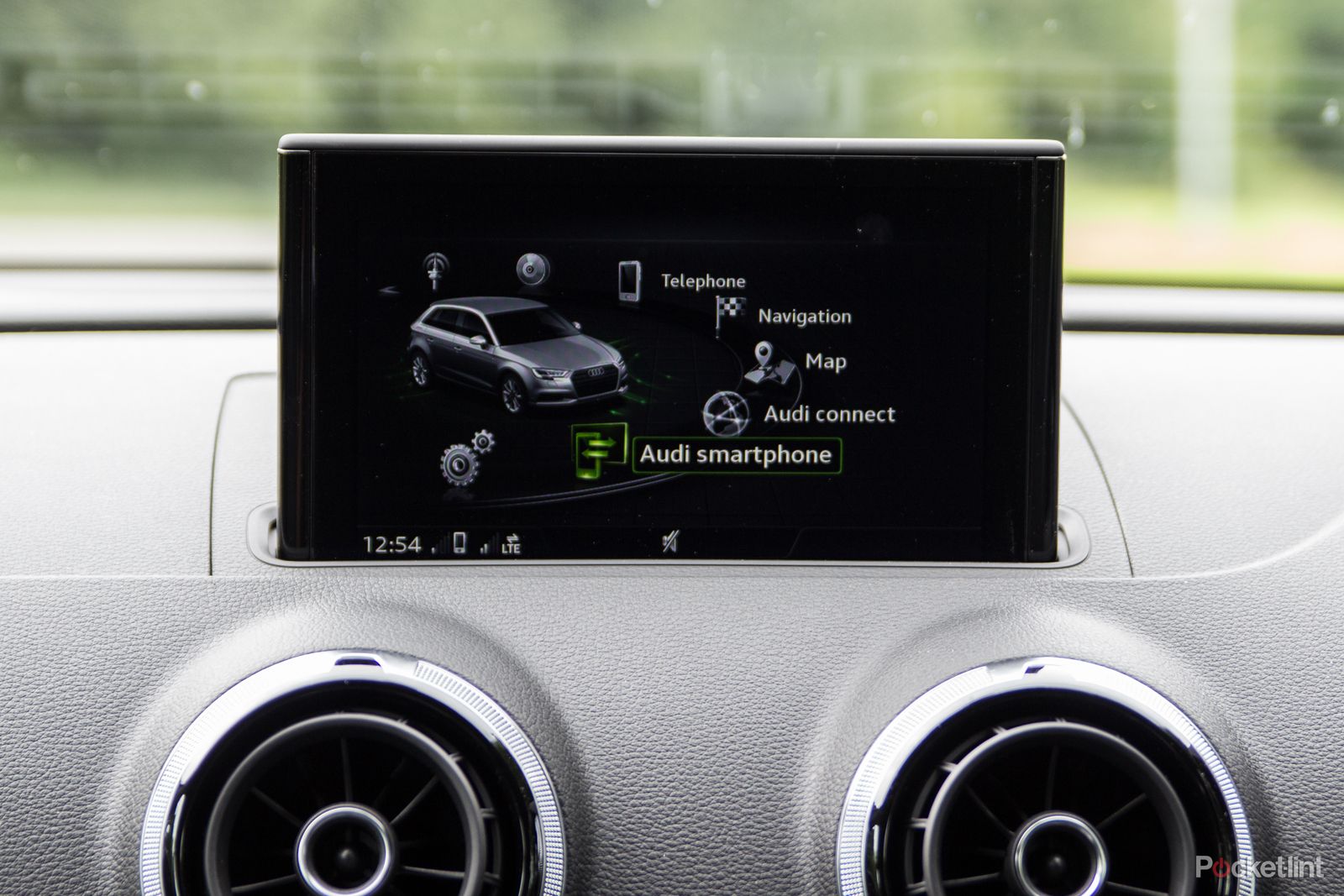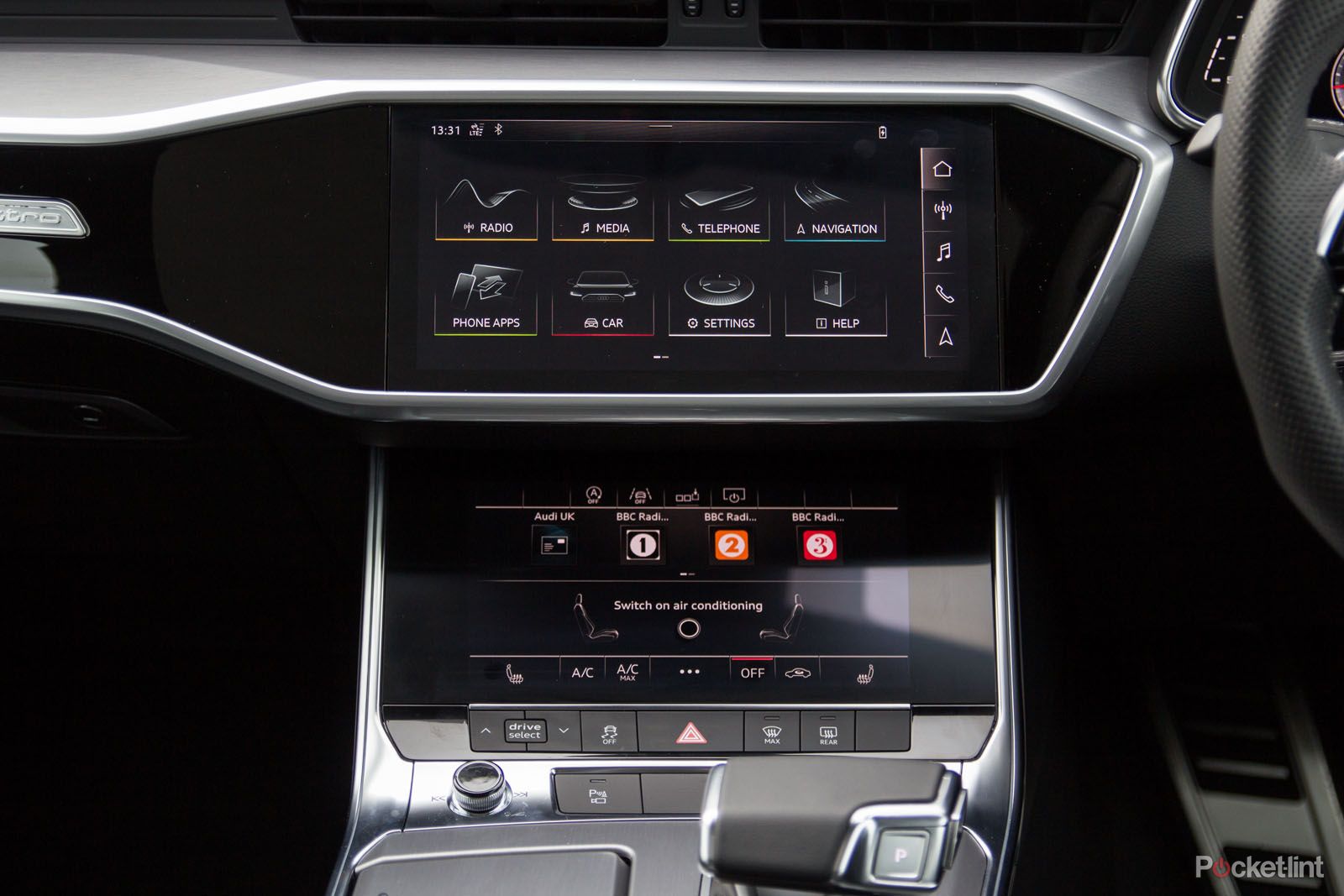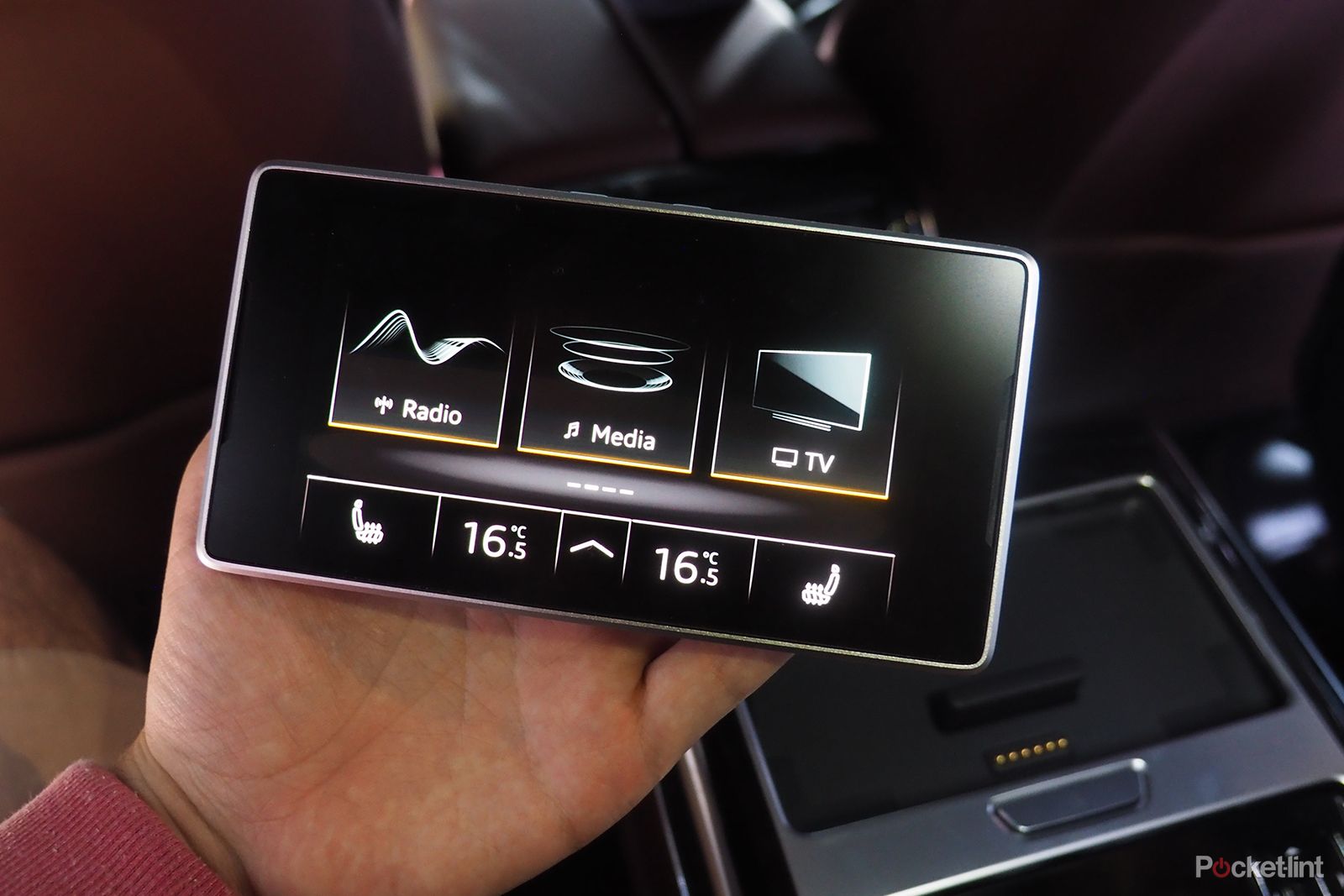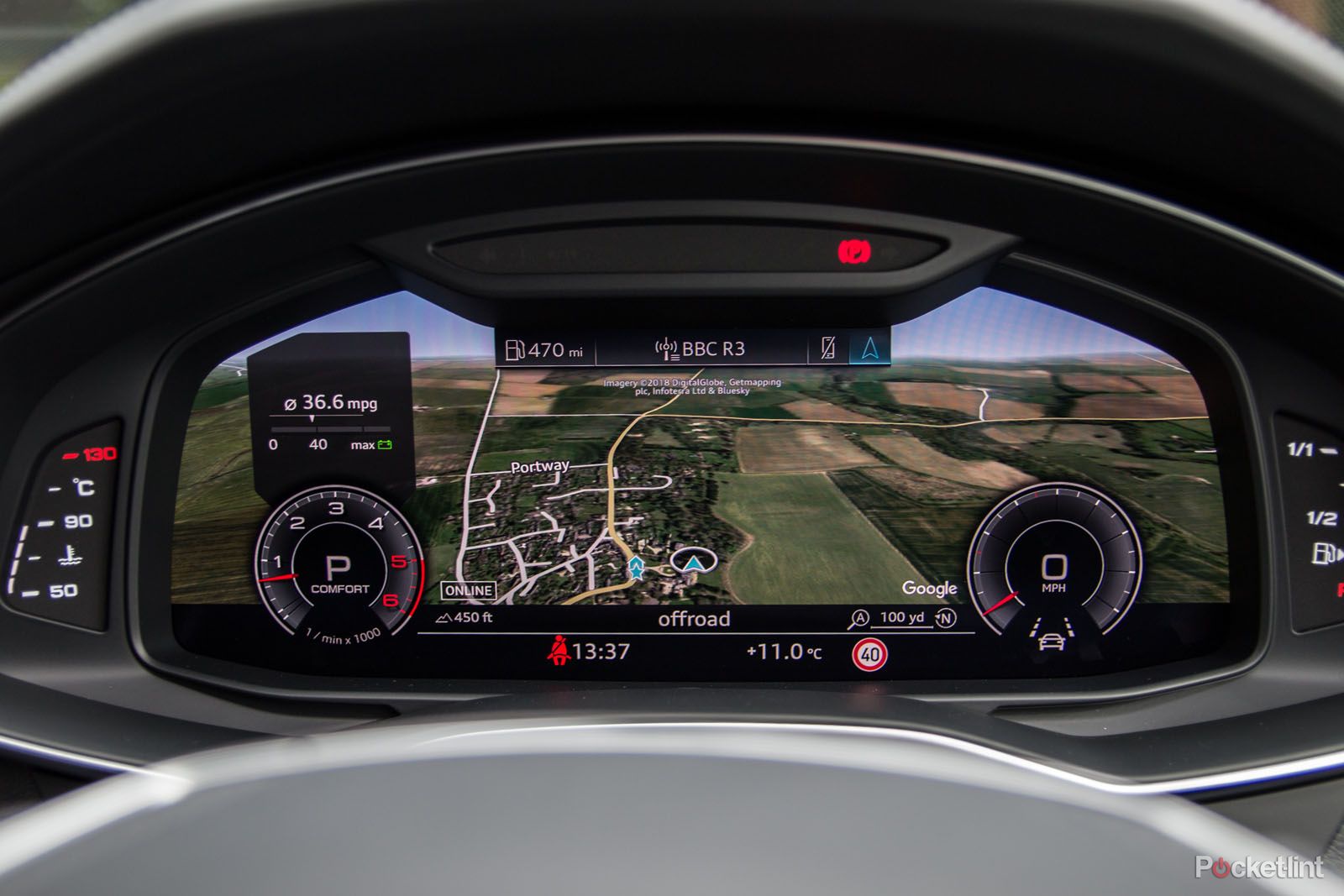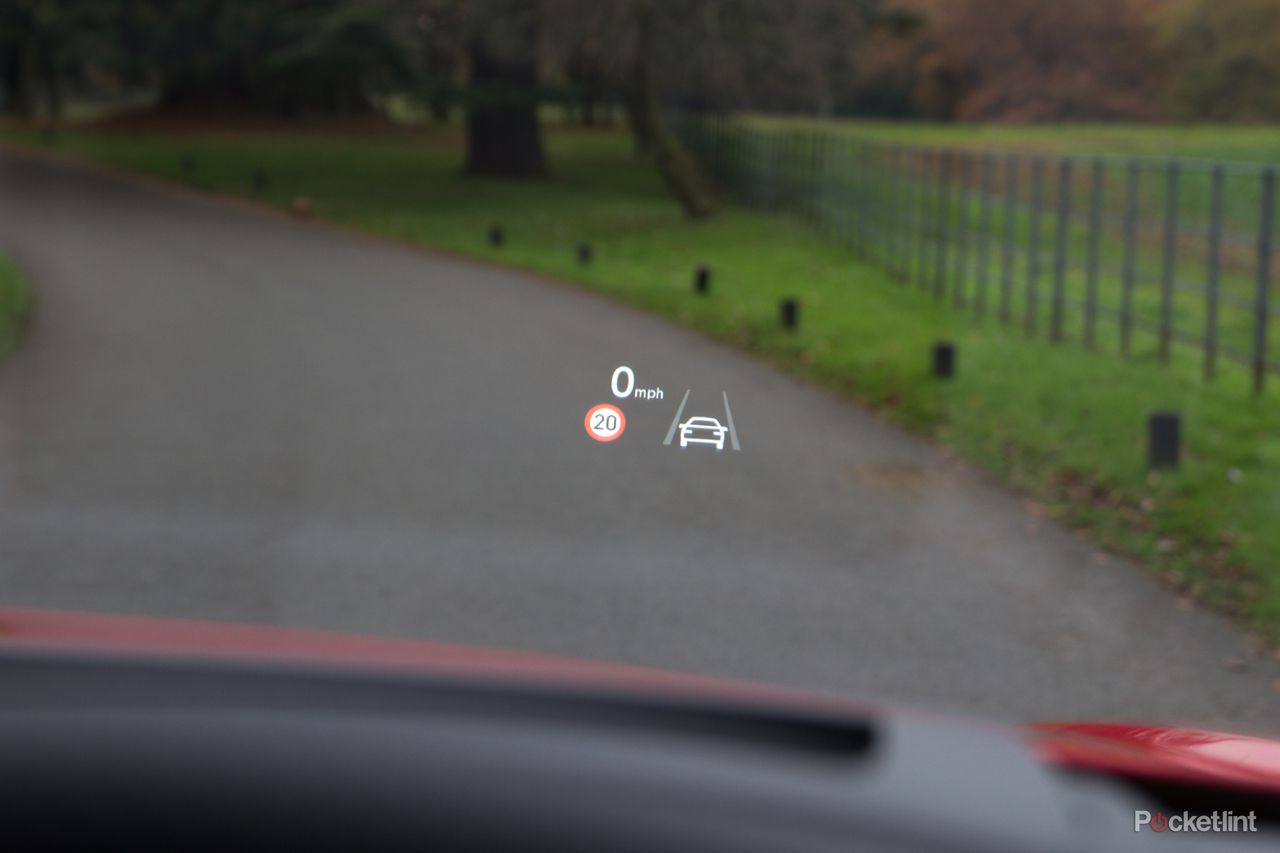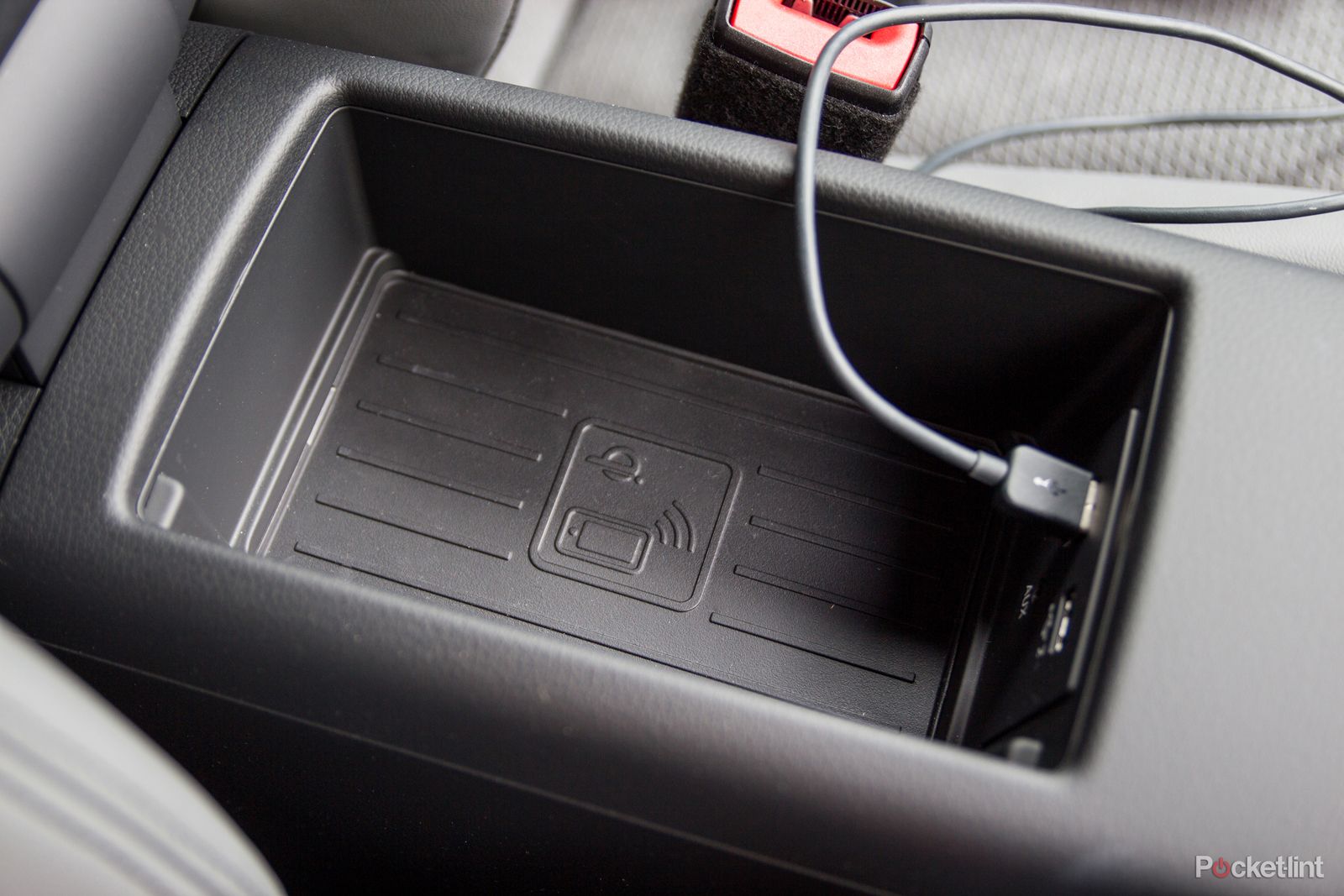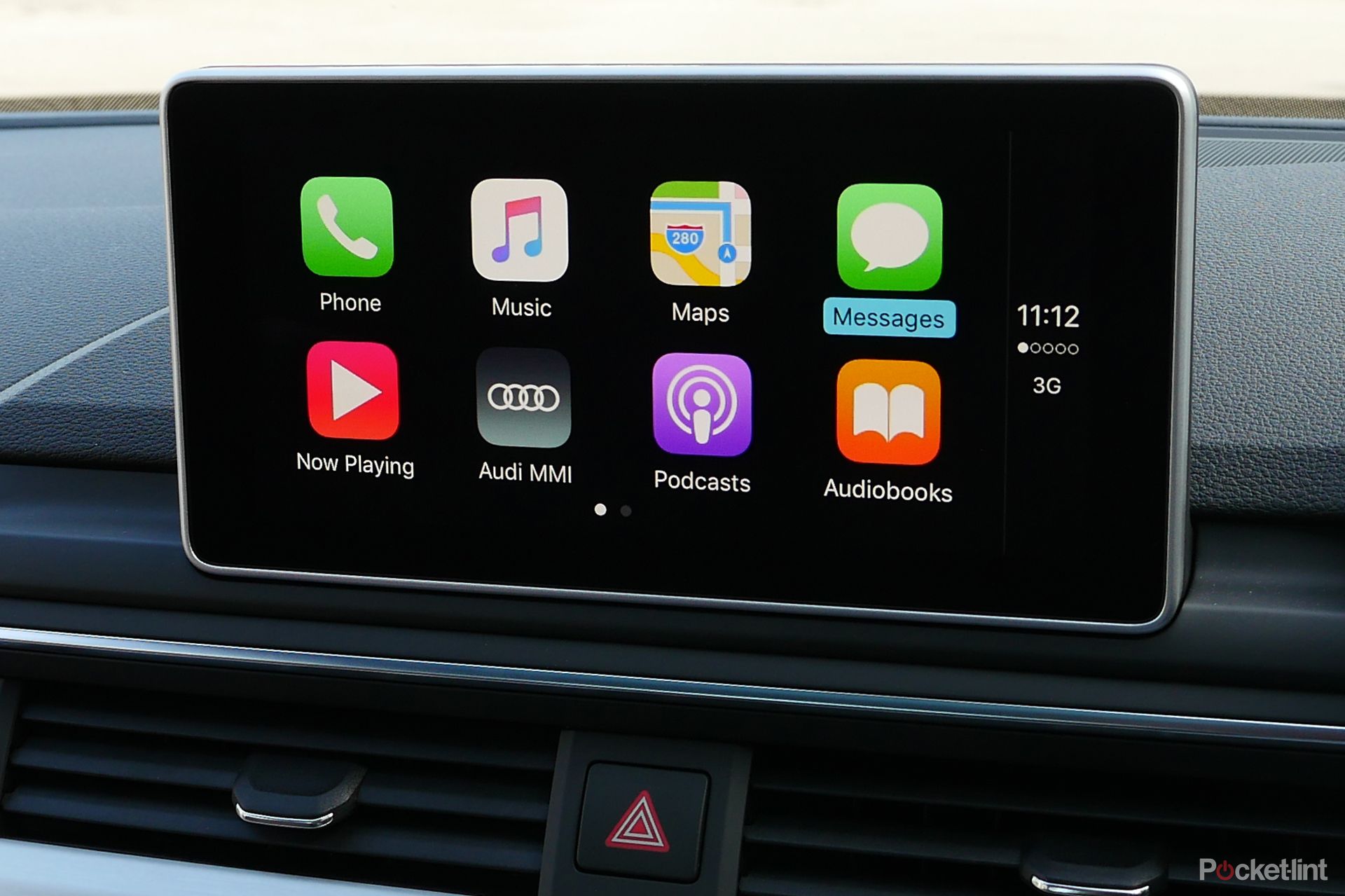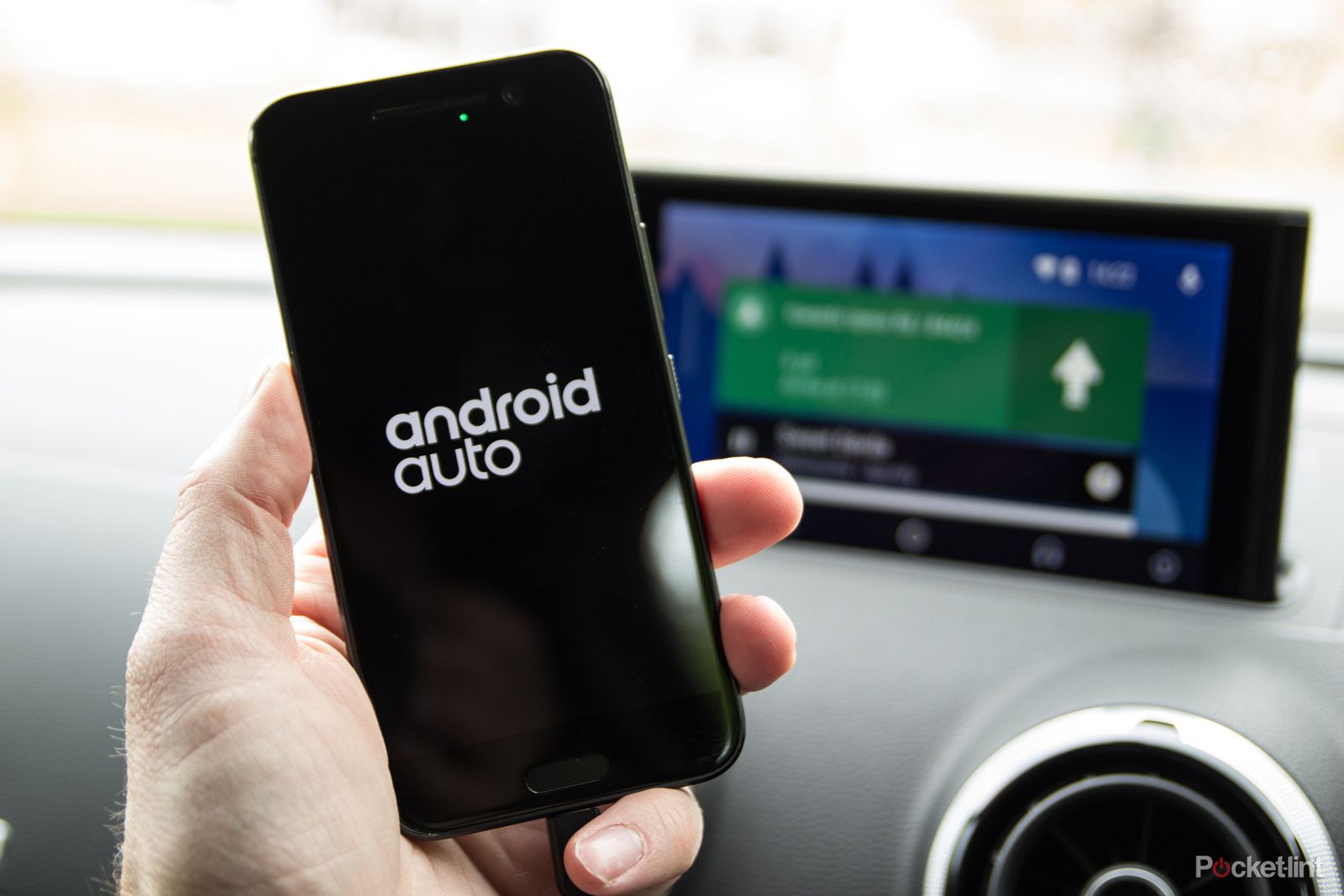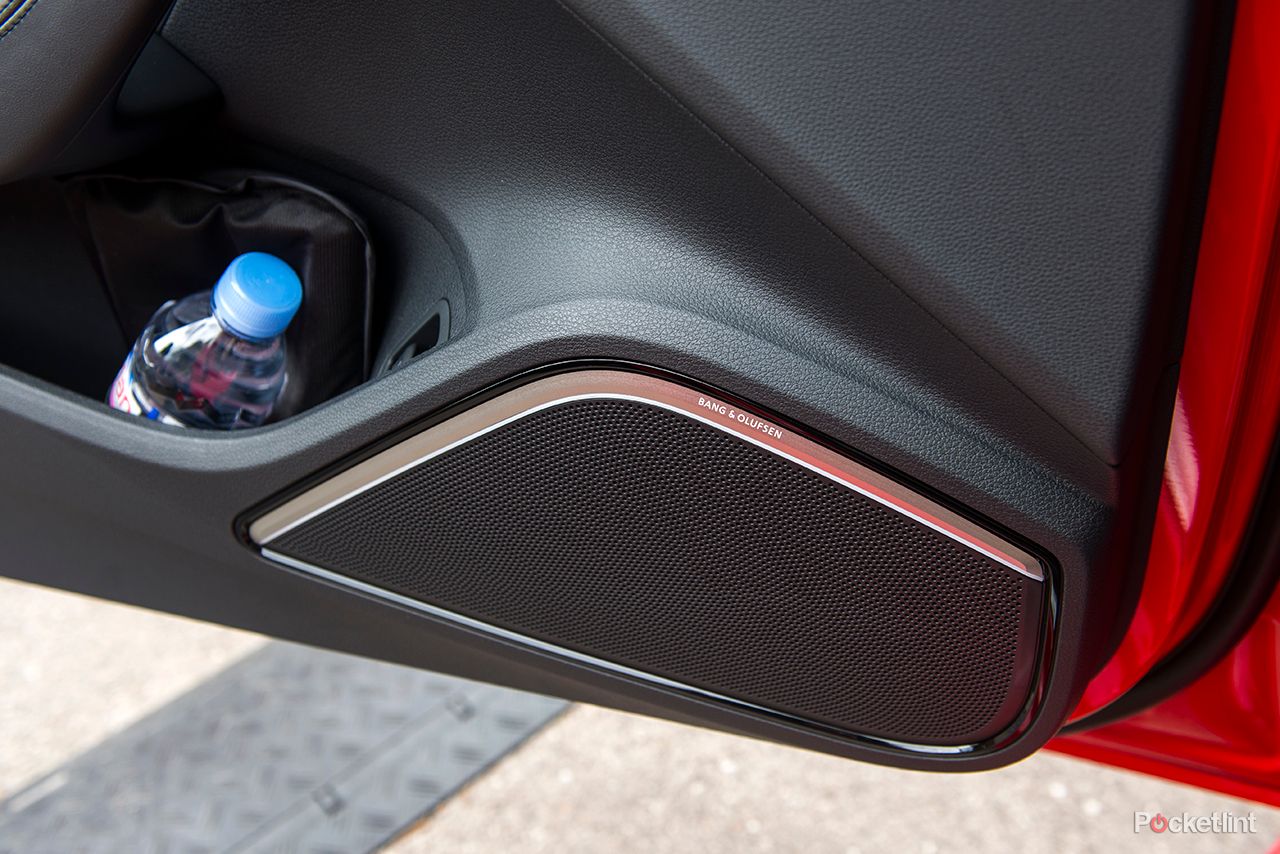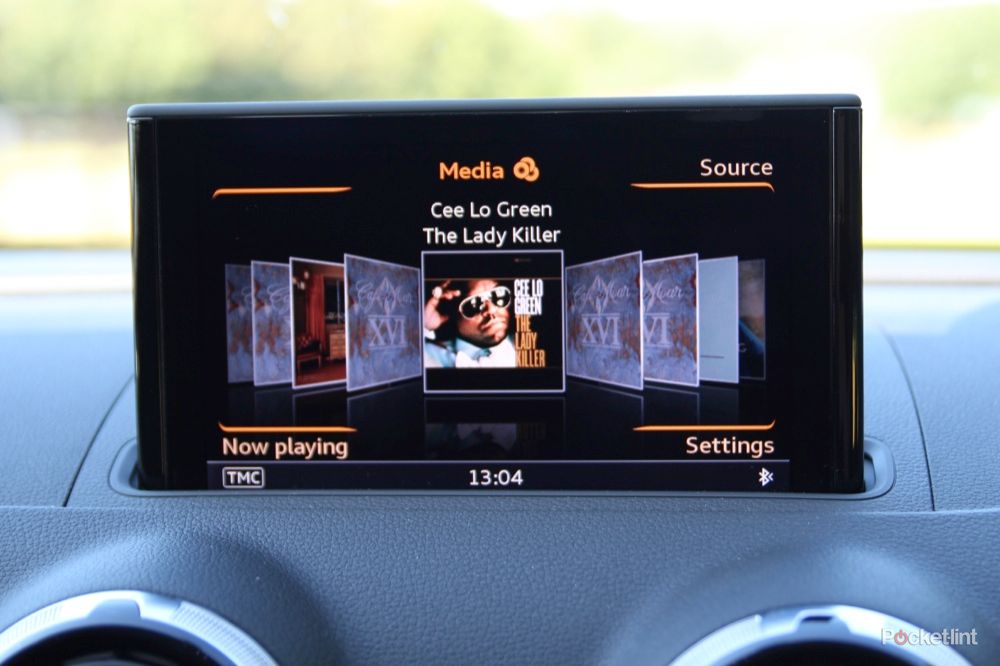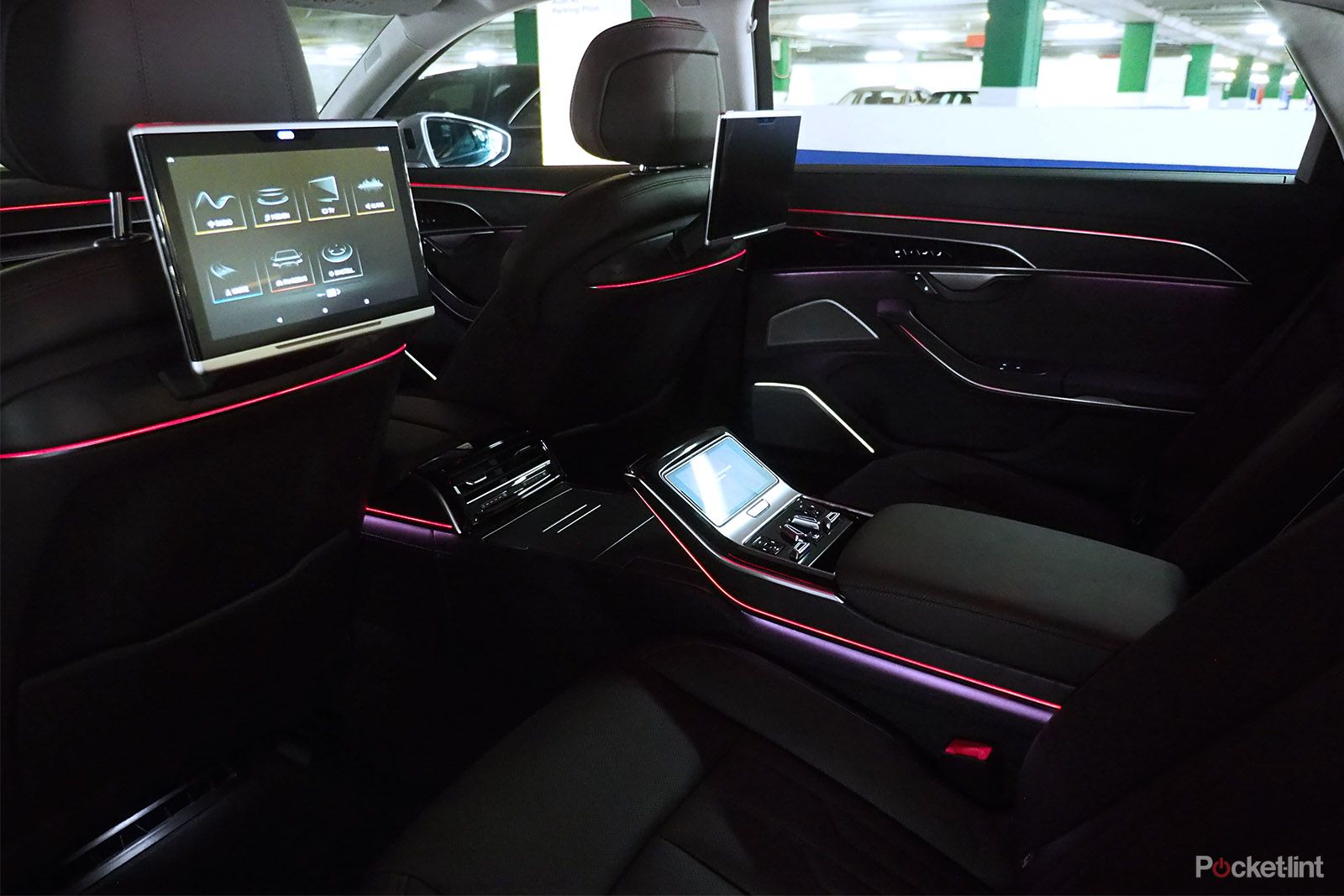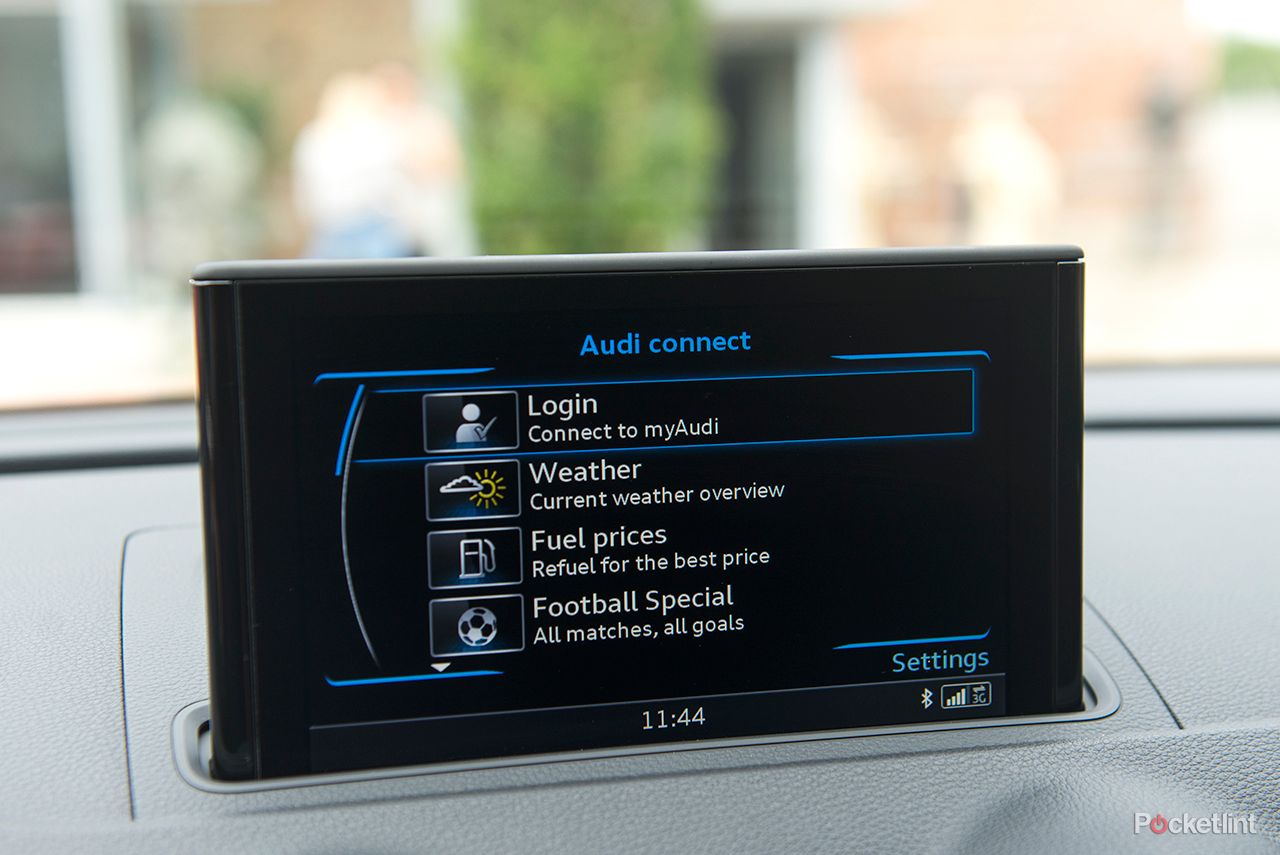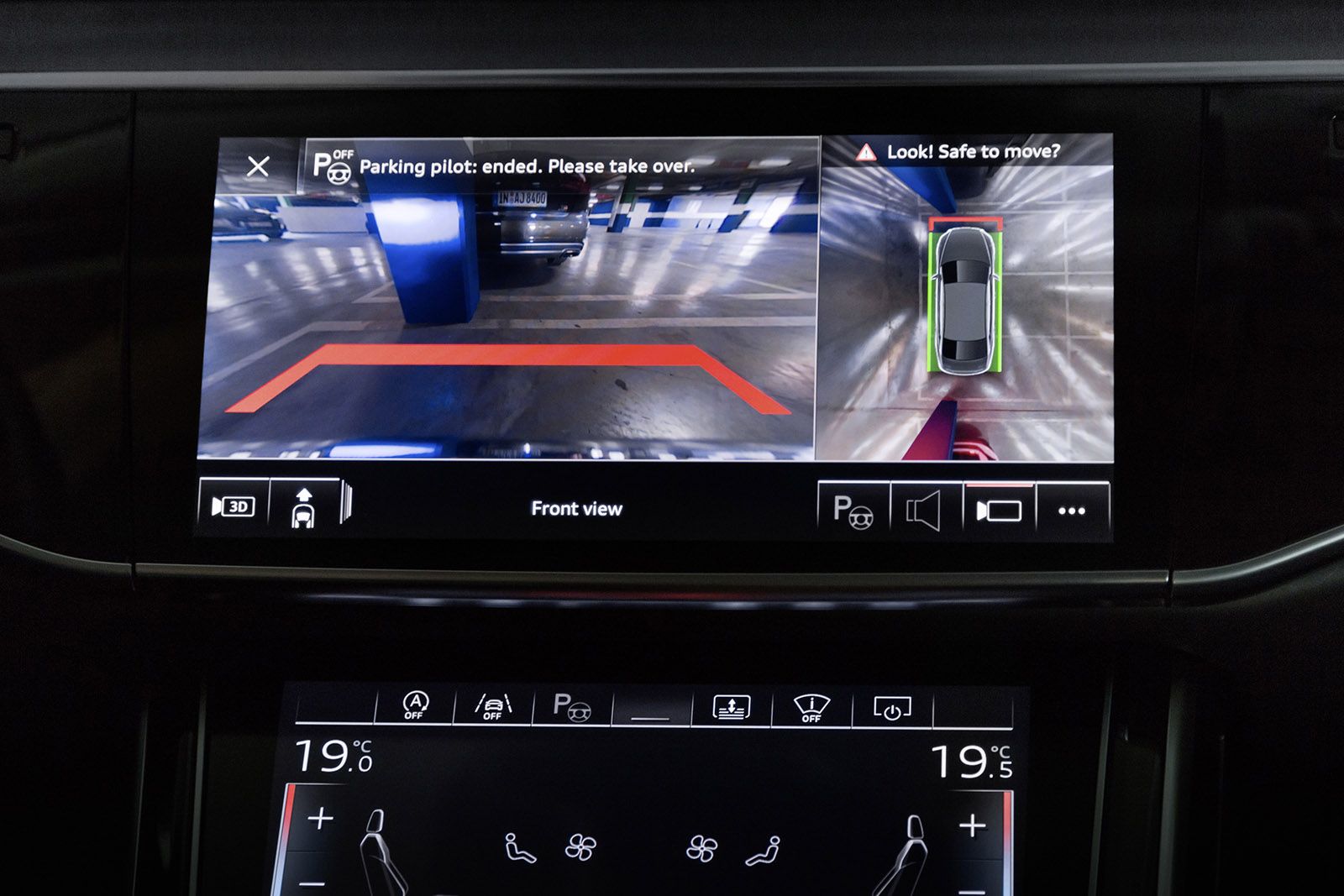Of all the car brands out there, Audi is known for offering one of the most expansive and integrated information and entertainment systems you'll find in a car.
There's whole range of options available: from Wi-Fi hotspots to live traffic; there's Virtual Cockpit, Audi Smartphone Connection, Phone Box and more. And if you're looking at one of the company's most recent cars - the A8 saloon, A7 Sportback, A6 Avant or Q8 SUV - then there's a whole touchscreen suite that's been integrated too - called MMI Touch.
So strap in, hold tight, as we dive deep into Audi's in-car tech.
Audi MMI
Audi MMI - short for "multimedia interface" - is a general term that's used around a range of Audi technologies related to the in-car information and entertainment system. At its core, MMI is the user interface and the controller that works with it. Where this was once a dial and a display, there are also touchpads, touch-enabled dials, buttons, voice and steering wheel controls, all feeding into the same system.
The car model you choose changes the MMI experience you'll get, but the experiences are broadly aligned across cars. The position of the screens is different, there are different levels of features available in packages and individual upgrades, but much is presented and operated in the same way, from the A1 right up to the R8.
Recent launches are changing this, but we'll point that out in the relevant sections below.
Driver display: Virtual Cockpit or standard?
There are essentially four different types of driver display available. There are the analogue dials with a small digital window in the centre, there are analogue dials with a much larger central display, a digital display showing those dials on the new Audi A1 and then the full Virtual Cockpit.
The digital parts of Audi's driver display is divided into four sections: car information, music, phone and navigation. So whether that's the 3.5-inch central display of the (old) A1 or the full glory of the R8's Virtual Cockpit, although what information you get to see depends on the model selected and, in many situations, the optional 'packs' added.
What is Audi Virtual Cockpit?
Audi's Virtual Cockpit is a fully-digital driver display. The 12.3-inch display was launched on the 2015 Audi TT, allowing a full range of dynamic interactions without the need for a central display too, meaning a cleaner dashboard design.
On the Audi TT and the Audi R8 the Virtual Cockpit is standard, and it's available as an upgrade option on the majority of Audi's other models, from the A3 through to the Q7. It's standard on the Audi Q8 to show-off its position as a luxe SUV.
We love Virtual Cockpit, because it brings a lot of flexibility and it's one of the most techy interfaces you'll find on any car.
The display as standard will show you speed and RPM dials, but you can change the size of these dials with a press of a steering wheel button (marked "view"), making them smaller and letting more of your other information get displayed. The Audi R8 also has a performance mode with a central rev counter, flanked with other customisable details, like torque and power meters.
The big thing here, in reality, is navigation. You can have full navigation mapping spread right across Virtual Cockpit for a wider view than you'll get on a standard central display - it's also closer to your eye line, so very easy to follow.
Aside from those major phone/car info/music/satnav options, you can also open other menus to access all of the car's settings, as you can on the central display fitted on most cars, giving access to things like settings for various driving elements, preferences and so on.
Central display
Audi offers a range of central display options and almost all are mounted toward the top of the dashboard. Some retract (Audi A3), some have a manual spring-loaded opening (the old A1 but dash integrated on the new 2018 model), but in fairly recent car designs (Audi A5), the displays have been fixed in position, similar to BMW and Mercedes, front and centre on the dash.
Such screens, as shown above, don't offer a touch interface, instead using the centre tunnel-mounted MMI controller and various buttons to navigate the user interface. At a basic level it uses a radial design, letting you use the navigation wheel to rotate around the icons and make your selection, be that to change the media source, setup a new Bluetooth connection, alter the interior lighting or turn up the bass.
But Audi is in the process of change, with a fully integrated MMI Touch system now available at the top-end of its ranges, which has almost "invisible" screens, finished in piano black, which only illuminate with their touch-based icons after turning the engine on.
In such examples - A8, A7, A6, Q8, and there'll be loads more models refreshed with the update - the process of MMI control changes. There's no physical controller to the centre tunnel, instead you'll tap the controls you wish to adjust, with haptic feedback provided to confirm and help you not take your eyes off the road for too long.
The systems offers a degree of customisation, letting you add some shortcuts to the bottom display. This might be an address of your favourite radio stations, ideal for one touch access. This is really easy to do and gives you a method of making the system your own.
However, the loss of the old physical controller dial for navigation means you have to rely solely on touch, which means you need to look at the screen and make sure you hit the right icon. When travelling at speed this can be tricky, compared to using a clickable dial, although in many cases, Audi lets you access most things with steering wheel controls.
Text input can be a little more tricky, but the entire bottom display will become a scrawl pad, letting you trace in letters and recognising them and making suggestions on the top display.
Rear passenger controls: Audi A8 only
Who said it's only the driver who can have all the tech fun? Fitting its position as the top-ranking saloon in the range, the new Audi A8 also offers a rear-positioned removable panel to make some (but not all) adjustments to settings.
From media, to radio, and TVs (if fitted), the removable panel also handles climate controls, cabin lighting, blinds and can even make rear seat and front passenger seat adjustments, if such features are fitted. Very fancy.
Satellite navigation
One of the most sought after aspects is GPS route mapping, or satnav. This is available on all Audi models, but comes at various levels with various options.
It's included as standard on some trim levels and it's worth looking at where it's included. Generally speaking, Audi is moving to offer some form of satnav as standard - but there's a way around it provided by Apple CarPlay or Android Auto, which we'll talk about in a minute.
Generally speaking, Audi's mapping is good. There are good pictographic maps and the option to use Google Maps satellite images for the background instead, if you have an internet connection (either through a connected smartphone or from a SIM card in the car). This lends familiarity, especially if you use Google Maps on your phone, although we find the added detail can be distracting - you don't really need photographic maps when driving.
There are clear visual directions offered. It you don't have Virtual Cockpit, some models will transfer these directions into the centre of the driver display, as well as sharing with the heads-up display if you happen to have that option fitted (it's expensive), along with clear voice instructions. You can also change the relative volumes of media or nav instructions.
Voice can be used to control the satnav but it's rather clunky compared to Google for example so we can't really recommend it; however, if you have a touch-enabled MMI controller, you can scrawl letters to enter a postcode. This might sound a little alien, but it's very easy to do without looking, so works well, especially for postcode entry - much better than using a click dial to get through a menu.
As we said above, if you have the MMI Touch system, you can scrawl in the letters on the bottom display, as well as being able to touch the on-screen keyboard on the top display. Voice is getting better, however, but it's not quite Alexa grade, yet.
Whether you pay for a navigation upgrade, of course, will also depend on what smartphone connection options you also have.
Smartphone connectivity
Bluetooth is standard on all models of Audi, offering a smartphone connection and in most cases you get Apple CarPlay or Android Auto provided via a cable connection too.
Bluetooth supports calling, can be used to supply data-dependent functions in the car, as well as allowing media streaming depending on your smartphone - Android users are better served here as the car can then dive into your stored music for playback, whereas the iPhone needs a wire connection to enter "iPod" mode, although on some car models you'll need the connectivity package to enable wider functions.
Audi Phone Box
This is a special compartment designed for your phone, typically in the centre tunnel area of the car, inside the armrest for example. It supplies USB for connection to the car and charging, as well as coupling the phone's antenna to the car's roof antenna for improved reception.
On some models, Qi wireless charging is also offered – for the iPhone X for example - meaning you can just dump your phone on the mat and it will charge inductively.
Audi Smartphone Interface: Apple CarPlay and Android Auto
Things get a little confusing here, but Audi Smartphone Interface really means Android Auto and Apple CarPlay and is a recent evolution of the phone connection. Older cars also have "Audi Smartphone" which is where you'd go to manage your connection to your phone.
For Android Auto and Apple CarPlay you connect your (compatible) phone via cable and you'll be asked if you want to use that respective system. A few steps later, you'll be presented with that system on your central display. Both Apple and Google solutions sit over the top of Audi's system, which runs underneath, the display just mirroring the information that's being churned out via the application on the phone.
The advantage this brings is a more seamless integration with Apple or Android systems, support for Google voice controls or Siri, and use of native app options. That means you can play Spotify through your phone, or music from your phone's memory with very little effort, get to your playlists and call history, navigate to the location of your next appointment and so on. Seamless integration with navigation means you could say "Ok Google, navigate home". Very easy.
Both CarPlay and Android Auto have been updated recently so they now both support Waze too, meaning you can connect your phone and use Waze as your navigation platform of choice via your phone.
You can still do everything you might normally want to do, too, like access the car's settings, but once connected the default view is that of Apple or Android. You'll notice in the Apple display there's a link to Audi MMI and on Android there's an option to exit to MMI too. In most cases, you can flip between the car's system and the phone system easily.
The exception in all this is Virtual Cockpit. You can still have both these connections in cars with Virtual Cockpit, the only real indicator being that you have an Android Auto notification in your media display, for example. In this situation, the driver could be looking at Virtual Cockpit, while the passenger can browse music on a connected phone.
When navigating using Android Auto or Apple CarPlay on Virtual Cockpit the navigation instructions don't transfer to the driver display which is a downside of using a smartphone based system. You might get a direction arrow, but not the full mapping experience - that's restricted to the central display only.
There's also the chance here to use your phone's mapping functions and not pay for the upgrade to Audi's navigation - so long as you have the smartphone interface option. That could potentially save you money on your options list - an Audi A3 SE gets the Smartphone Interface as standard, but MMI Navigation is an extra £495.
Sound, music and television
Speakers
Entertainment in cars very much revolves around one main aspect: audio. Audi offers a number of different speaker options for its cars: standard, Audi Sound System, Bose, Bang & Olufsen.
The basic breakdown of these is as follows, using the Audi A6 as an example:
- Audi Sound System: 10 speakers including a subwoofer, 6 channel amplifier, 180 watt - included
- Bose Surround Sound: 14 speakers including a subwoofer, 12 channel amplifier, 600 watt - £1000
- Bang & Olufsen Advanced Sound System: 15 speakers including a subwoofer, 15 channel amplifier, 1200 watt - £6300
There is additional Bose branding on Bose speakers, while the B&O system has tweeters that raise from the dash when turned on (depending on the car). Obviously, there's a big price to pay for those B&O speakers, but the Bose system is often included in S line trim.
Worth noting is that the Audi Sound System isn't standard, it's an upgraded option (it's £255 on the A3, for example), but what you get changes depending on the model you buy and how far up the scale it is. If you're opting for an Audi RS6, you get Bose as standard, for example.
Music services and options
Generally speaking, the source for much of your music will come from the radio, but there are options galore to enhance the number of sources you have for your media.
We've mentioned your smartphone already and if you have the Smartphone Interface, there's a good chance that you'll use your Apple or Android device to power music: services like iTunes, Spotify or Play Music can then be accessed via MMI, or you can stream your music or play it from the phone's storage.
Some models also offer a music connection designed to be used with iPods or MP3 players (including USB-based MP3), but as time moves on, it seems to be the phone that's the centre things.
Audi also includes an SD card reader in many of its cars. This will let you fill that card with music (MP3, WMA, AAC) so you could just transfer all the music on your PC's hard drive to an SD card, put that in your car and away you go with your music collection.
Some packages also include a hard drive Jukebox in the car. This is often part of the Technology Pack and varies in size depending on the model, but also gives you the option of storing your digital music in the car.
Then there's the standard CD player or multi-disc changer for those who want to carry physical CDs.
Television
If you really want to get involved with in-car entertainment, there's also the option for digital television in some larger models. This is often bundled into other packages, such as the Entertainment Pack or Technology Pack. This will equip your car with a DVB tuner, allowing you to watch TV through the MMI display when your car is stationary.
For those in the rear seats, two headset-mounted displays are provided, along with headphones. Those will also play media from other sources, like USB or SD card, giving plenty of options. However, there are limitations on the seats you can have, as not all seats can accommodate the mounts for the screens.
Audi Connect online apps and services
Audi Connect is a suite of options that aims to link your car to the outside world, either through your phone, or through a SIM card in the car. A range of other technologies get bundled in - like creating a Wi-Fi hotspot from that connection so that others can get online.
Audi Connect will give you fuel prices, reports on traffic, connect you to social media, as well as give you weather. Audi Connect isn't something we've made great use of however. With all that information so readily available through your phone - and with Audi Smartphone Interface now offering CarPlay and Android Auto, it's easy to see that many of the services that Audi Connect offers could be a duplication.
In conclusion
Audi offers a lot of technologies in its cars. What you get will largely depend on the vehicle you're buying, at what trim level, with which "packs" and additional options you add in, too.
Of everything available, however, our top pick is the Virtual Cockpit. This is something that will bring a genuinely useful experience to your drive all the time. We're also fans of the integration of smartphone interfaces for Apple and Android - although if you choose Virtual Cockpit, you'll also have to have Audi's navigation as part of that bundle.
There's also legacy to consider: with the A8, A7 Sportback and A6 Avant you're getting a far more advanced, integrated touchscreen system. The older cars still offer some great tech - and don't rule out hands-on physical dial controls, which work well - but if you're thinking of buying imminently then that tech may appear outdated pretty rapidly.
There's also a whole lot more Audi technology we've not covered here that relates to driving safety - adaptive cruise control, presense city, lane guidance - as well as handy options for things like parking, including the excellent 360 camera, reverse parking guide and corner cameras. If there's anything else you'd like to know, be sure to let us know in the comments below.

